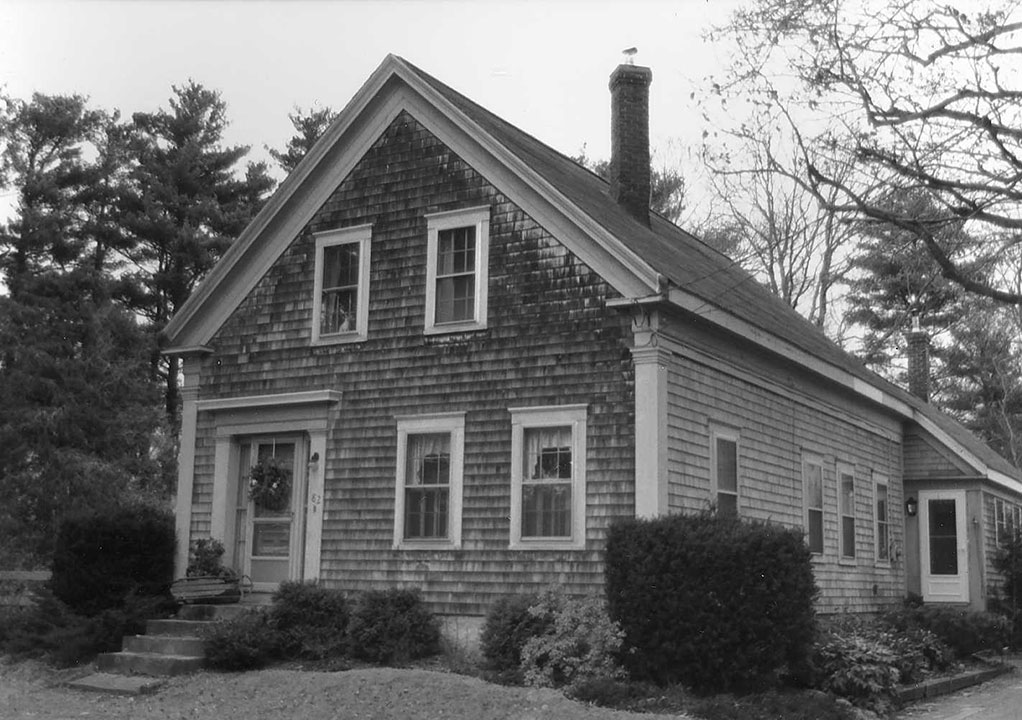Summer Reading is here! Sign up for the ETL’s summer reading program. Your summer reading kit will include reading logs, badge, stickers and a reading buddy. Return your reading logs to win prizes and help us raise money for Heifer International.
Teens and Adults: Summer Reading is for everyone! Pick up your reading log bookmarks. Return completed bookmarks to be entered into our summer prize raffle.
Book Sale outdoors at the Library – Friday & Saturday July 8 & 9 10-2 pm
Come find all your beach reads at our two-day summer book sale! All proceeds benefit the Elizabeth Taber Library
Campfire stories featuring celebrated Storyteller Rona Leventhal
Friday July 8, 6 pm – Not so Spooky Stories for Kids
Saturday July 9, 6:30 – Into the Dark: Haunting Tales for Teens and Adults
Washburn Park Edible Plant Identification Walk – Saturday July 16 10 am at
The Elizabeth Taber Library is partnering with the Marion Natural History Museum to host Edible Landscapes of Cape Cod for an edible plant identification walk through Washburn Park. Call to library to sign up.
For more information on the Elizabeth Taber Library, visit us at www.ElizabethTaberLibrary.org or call us at 508-748-1252

